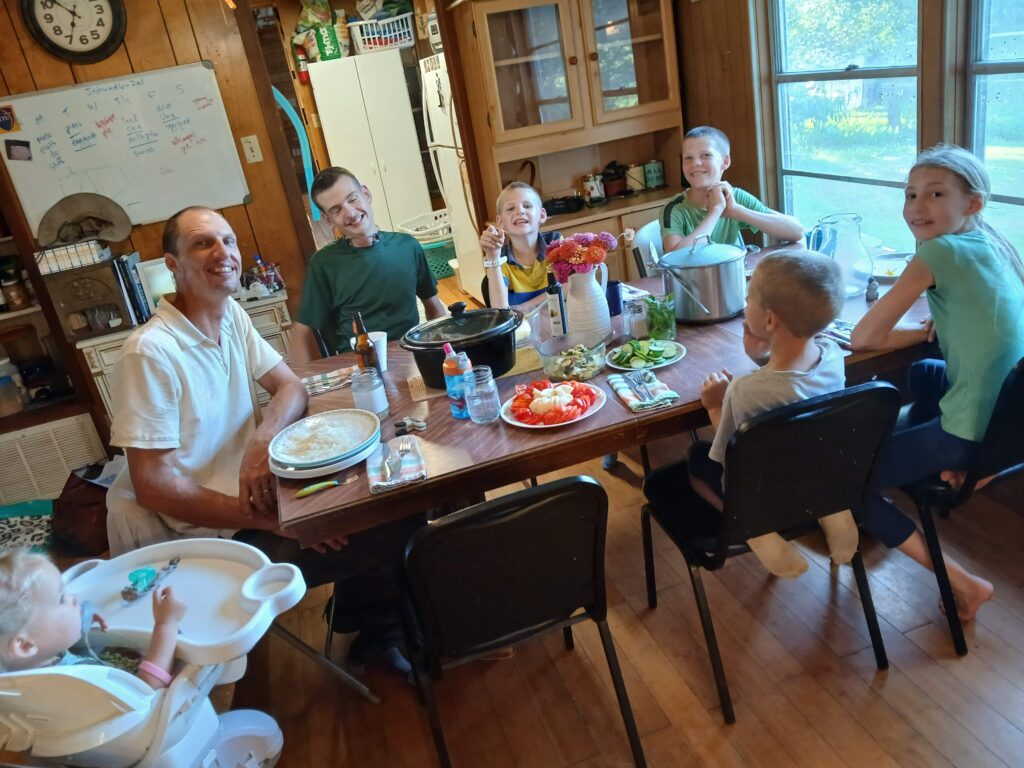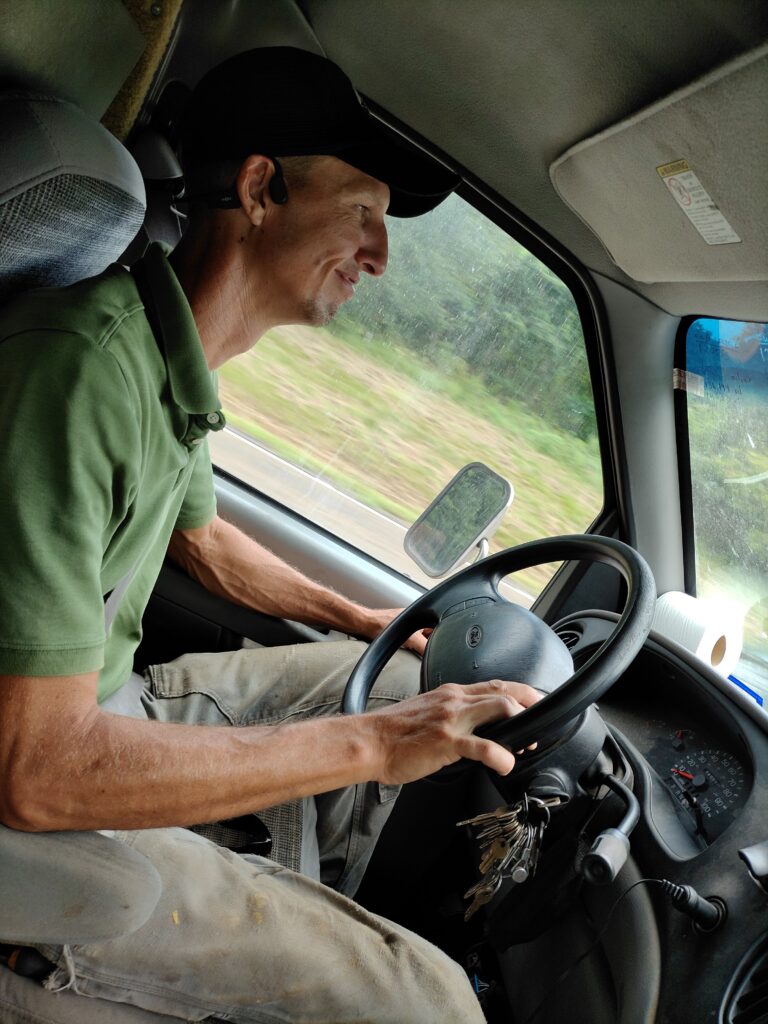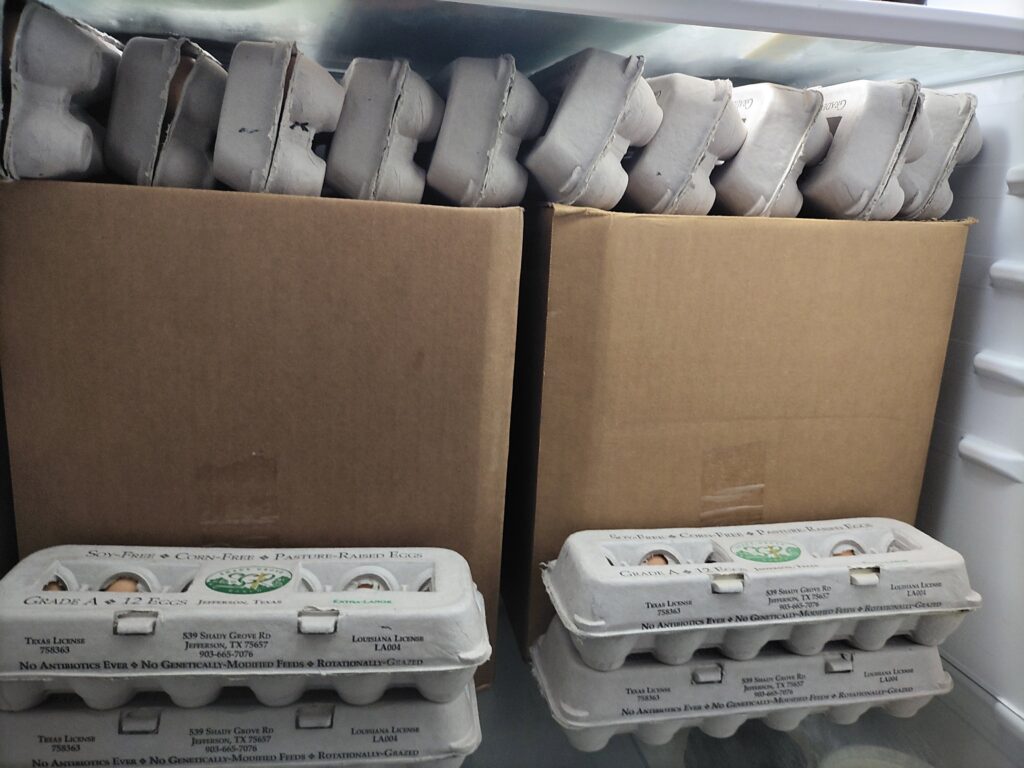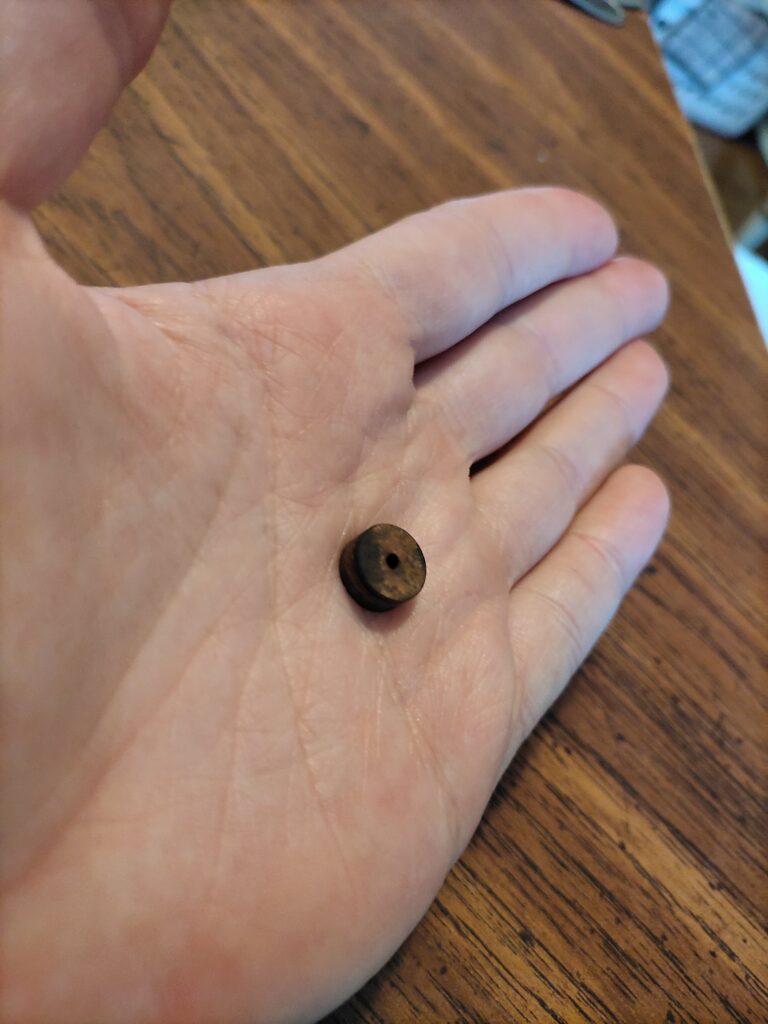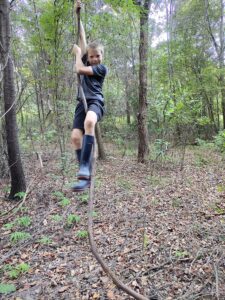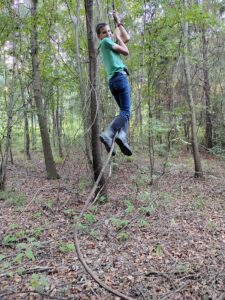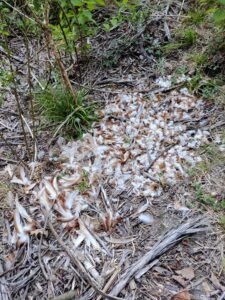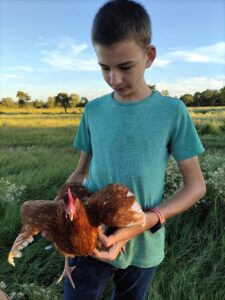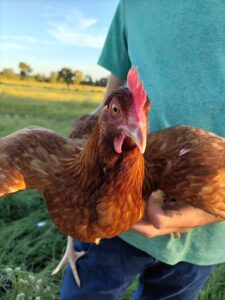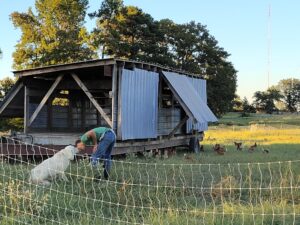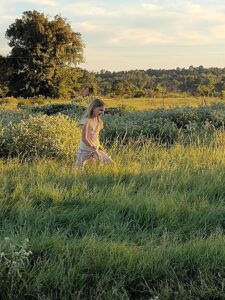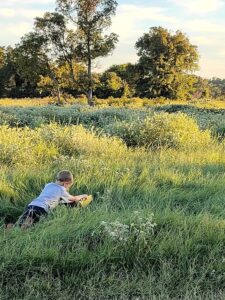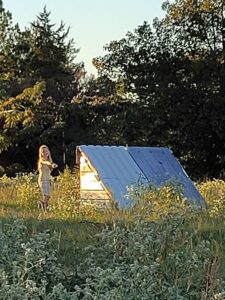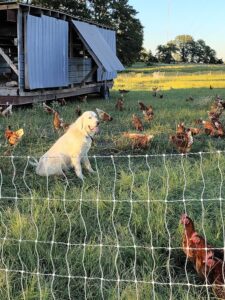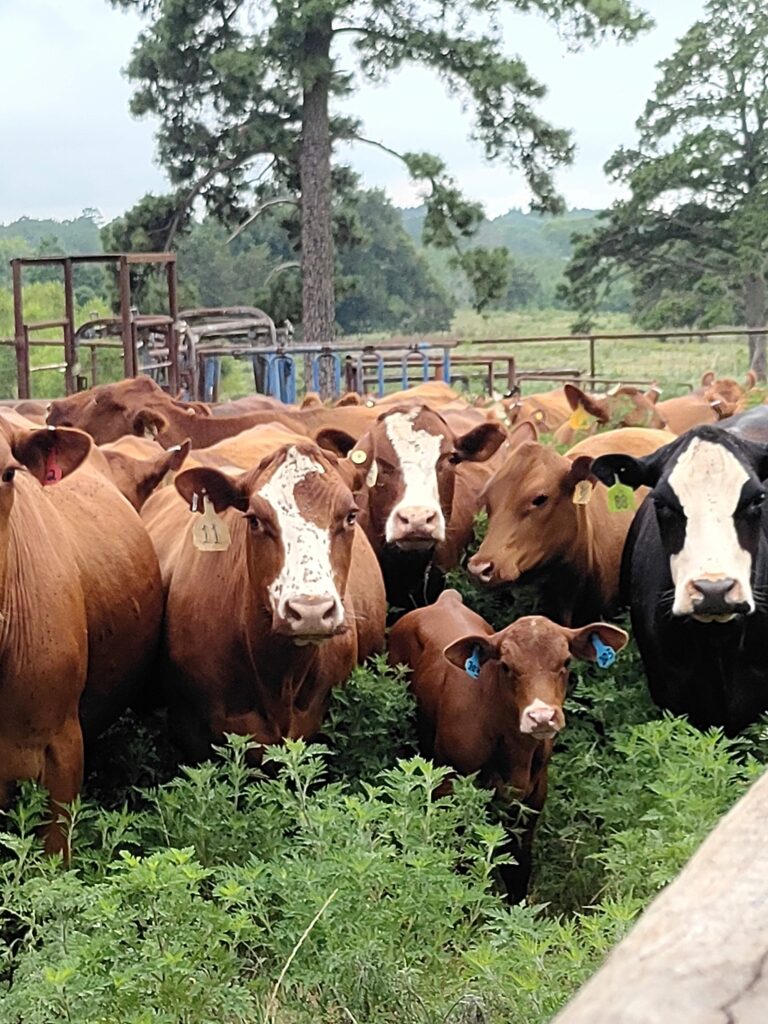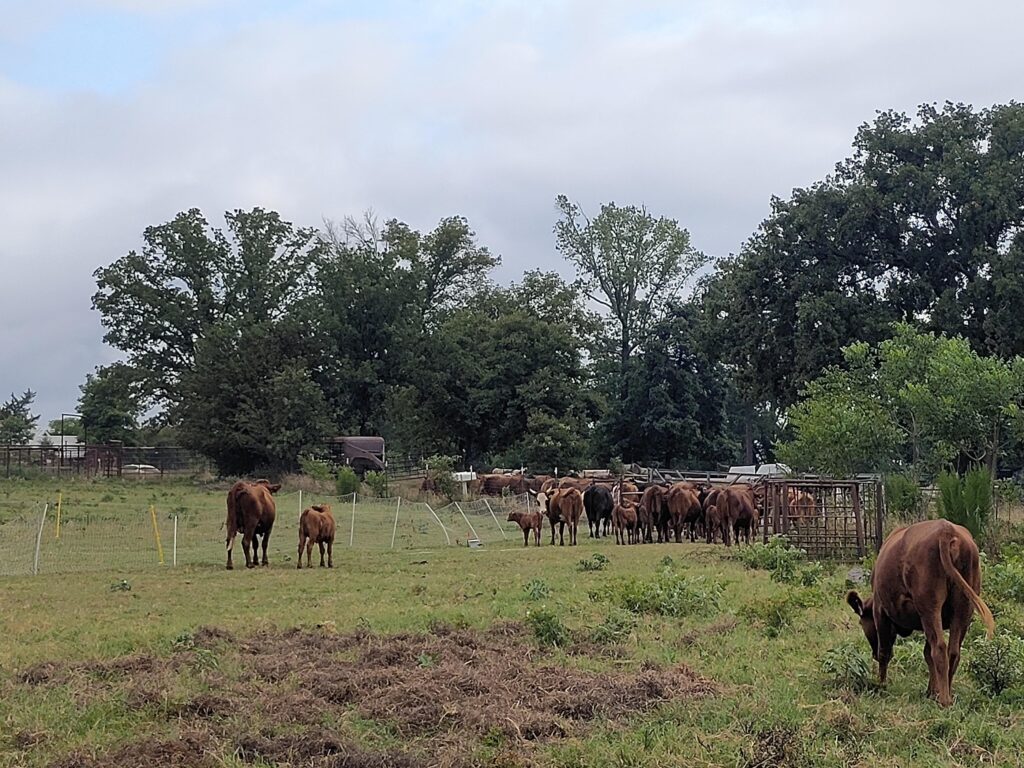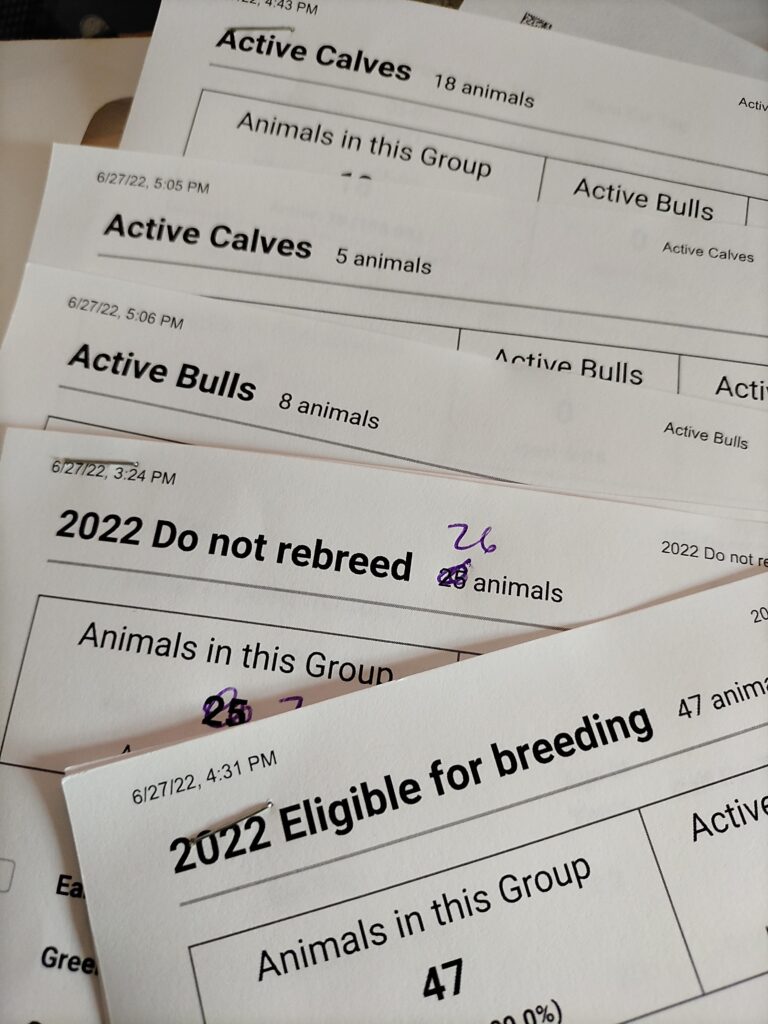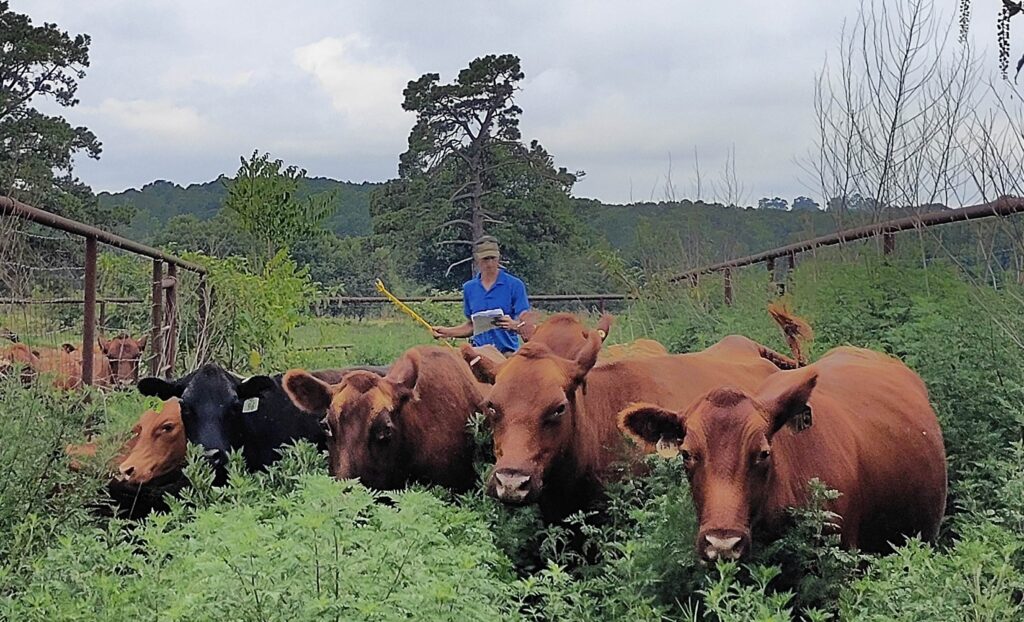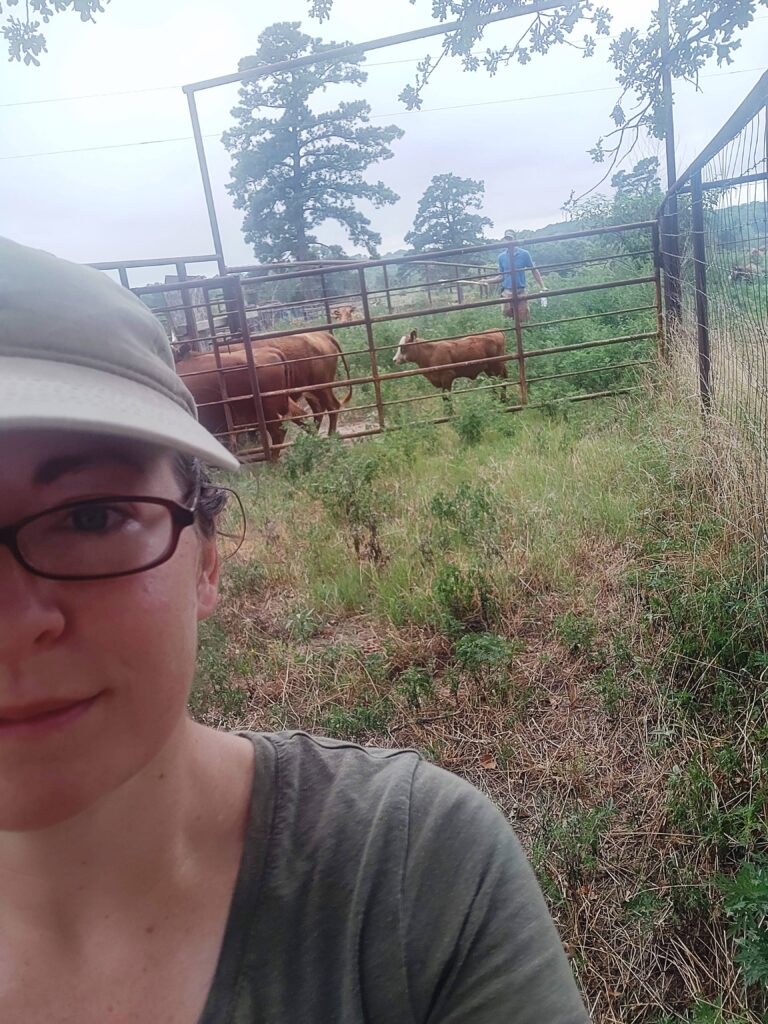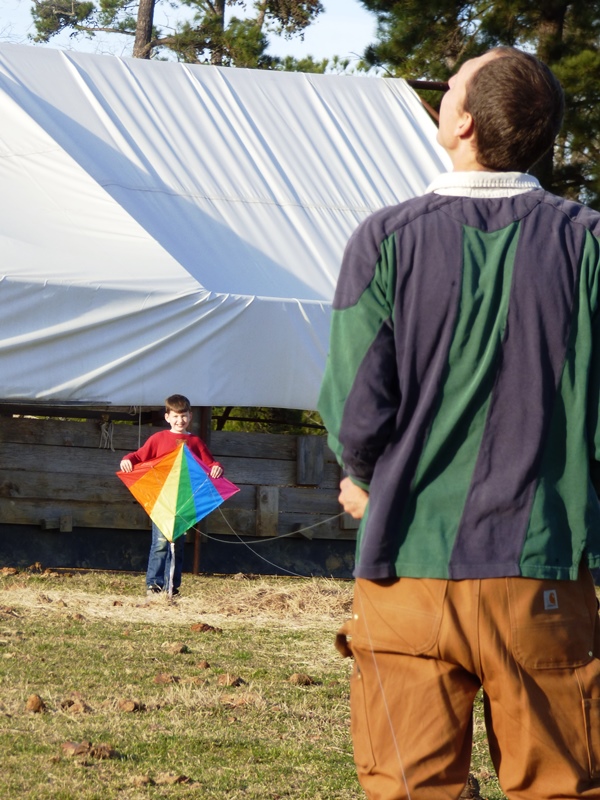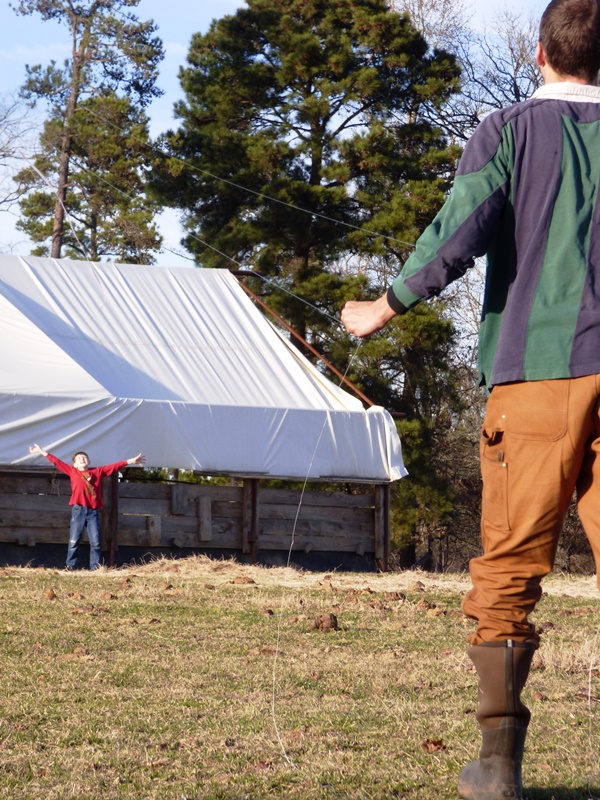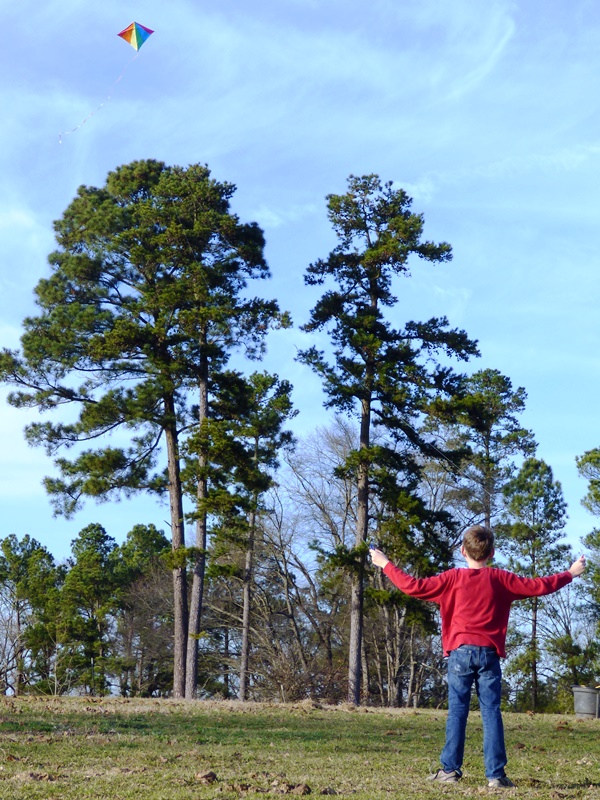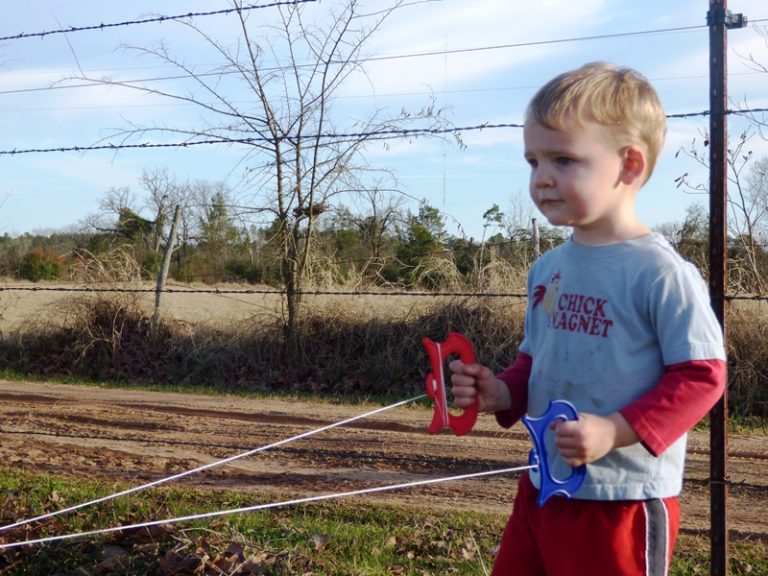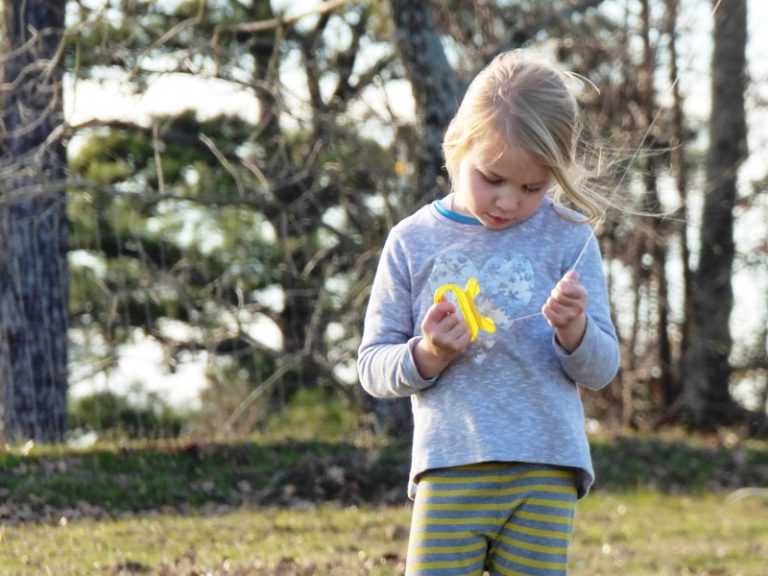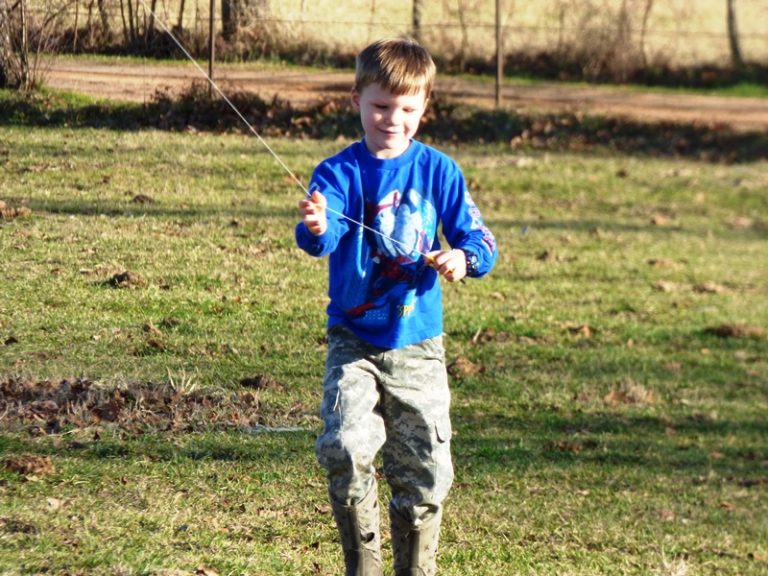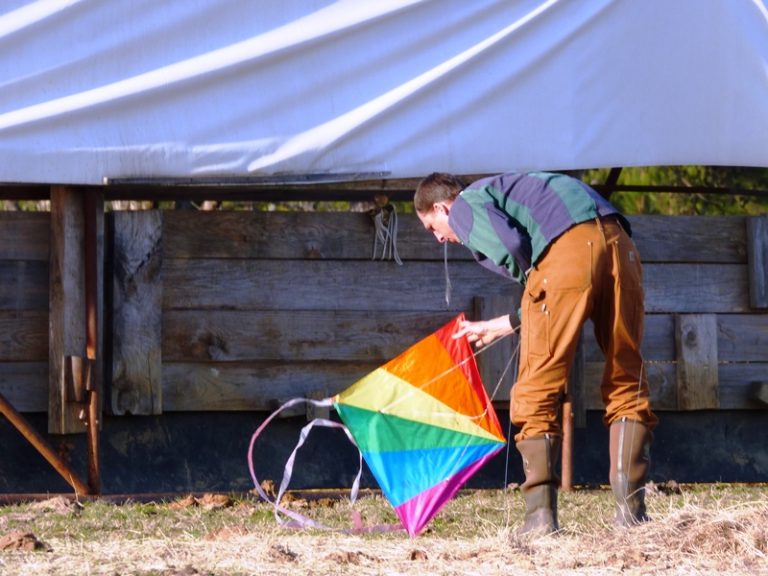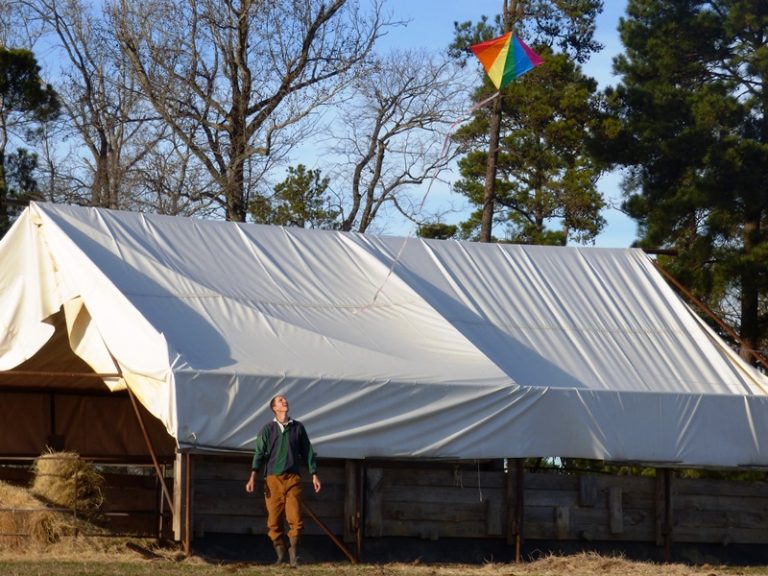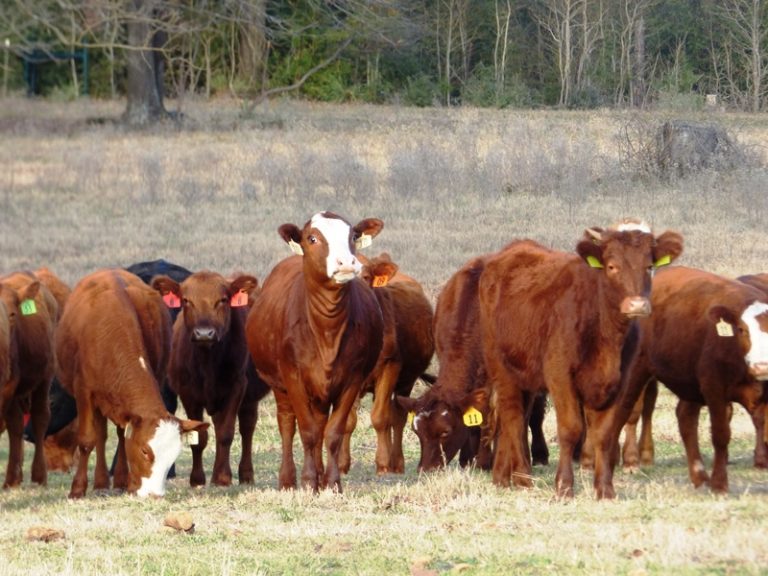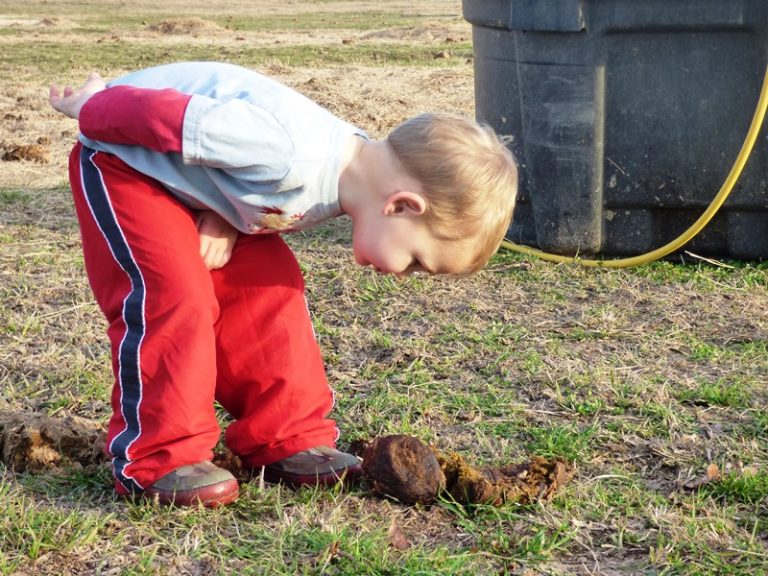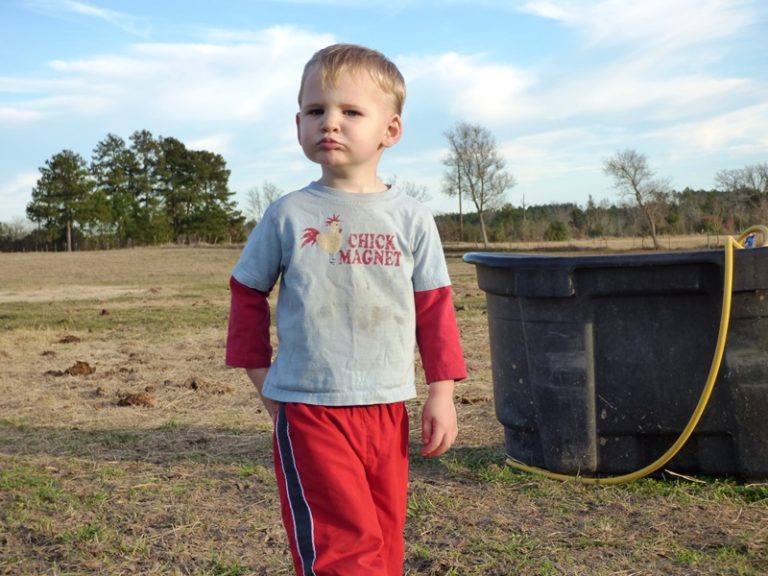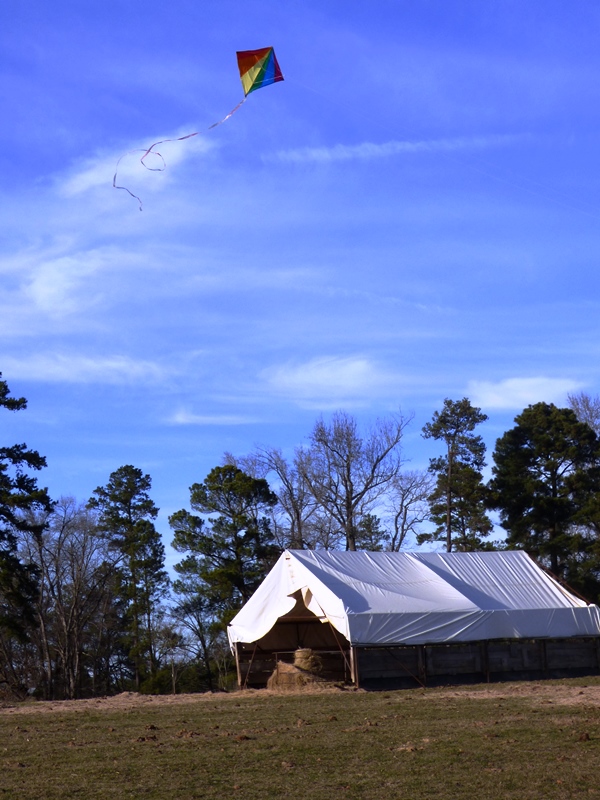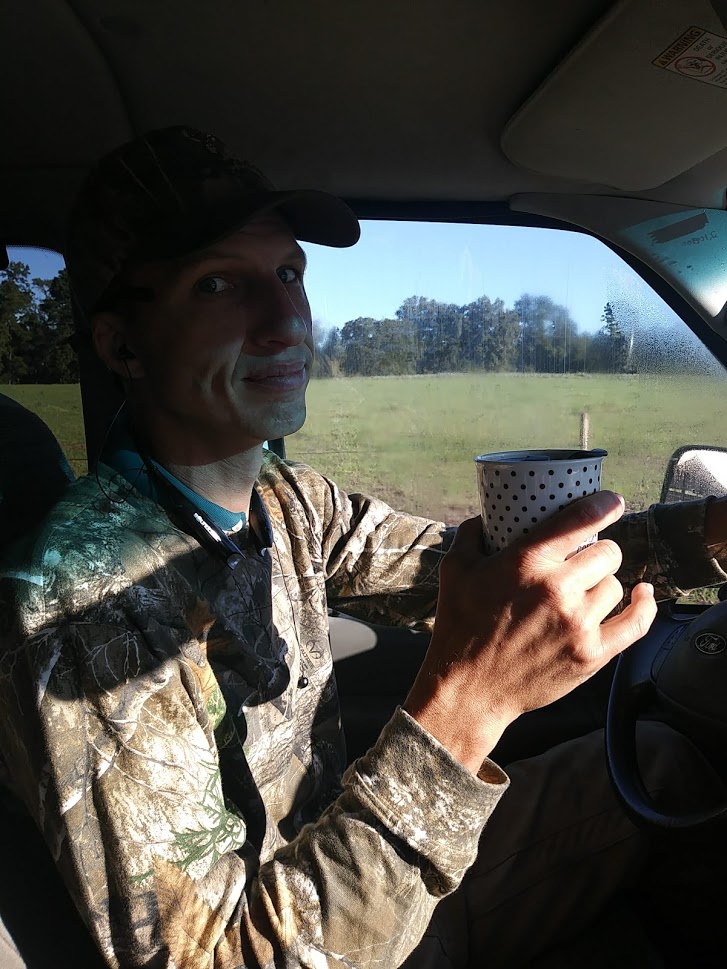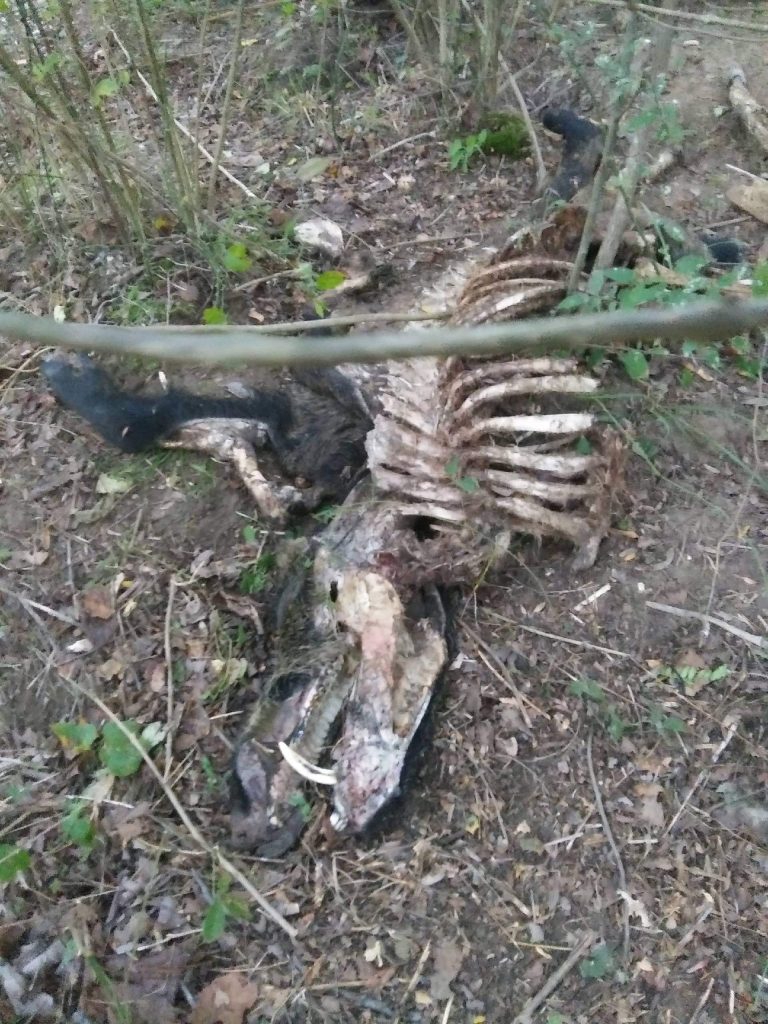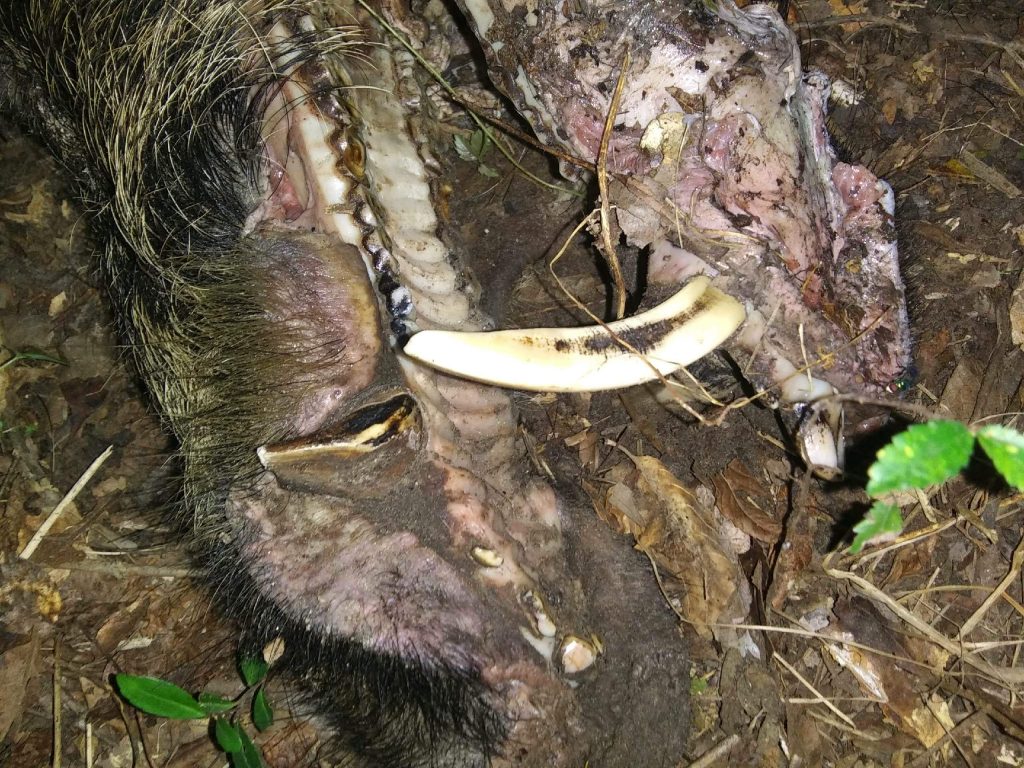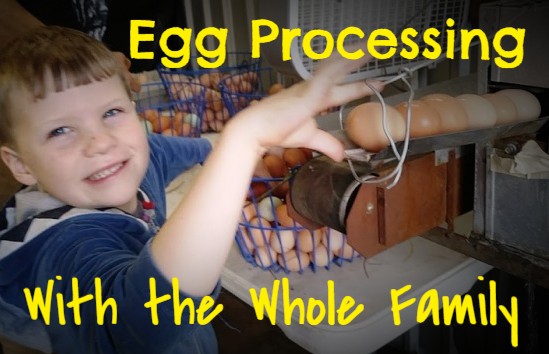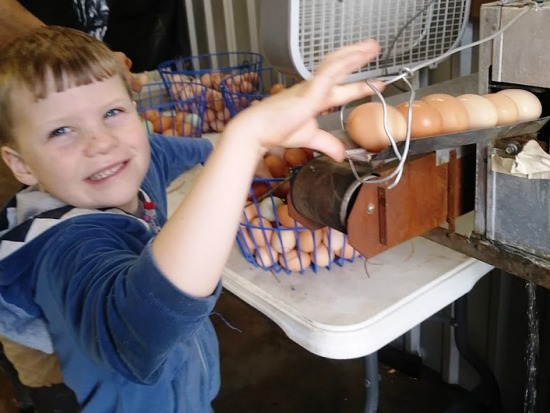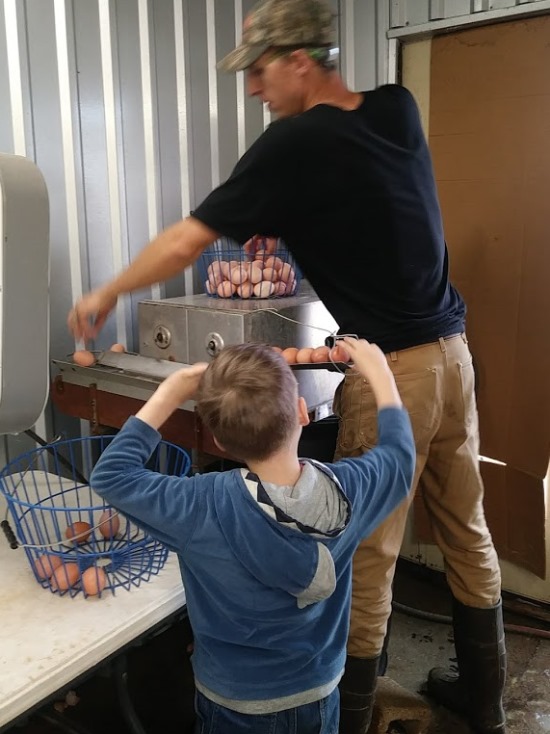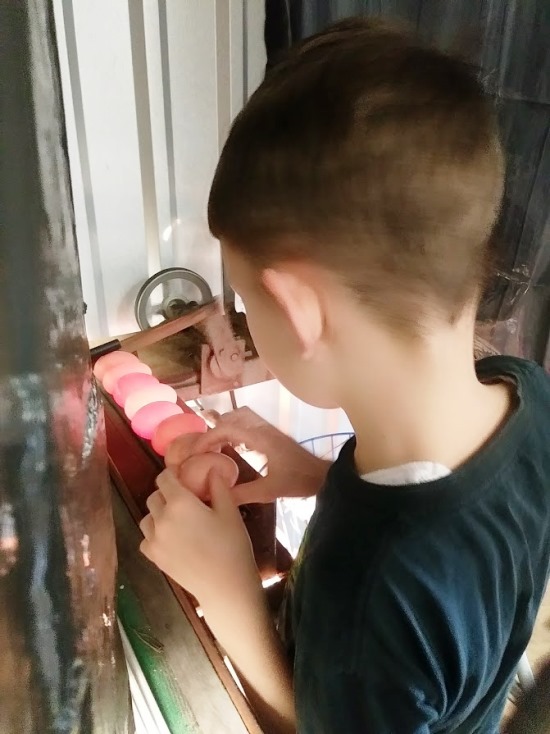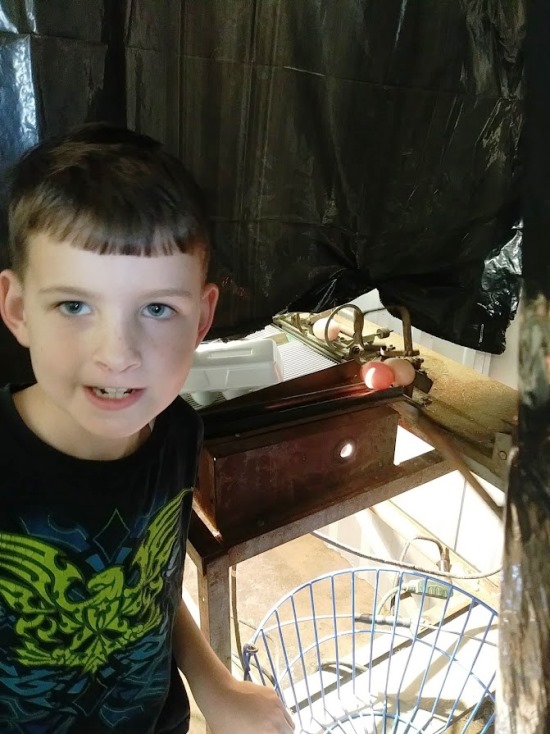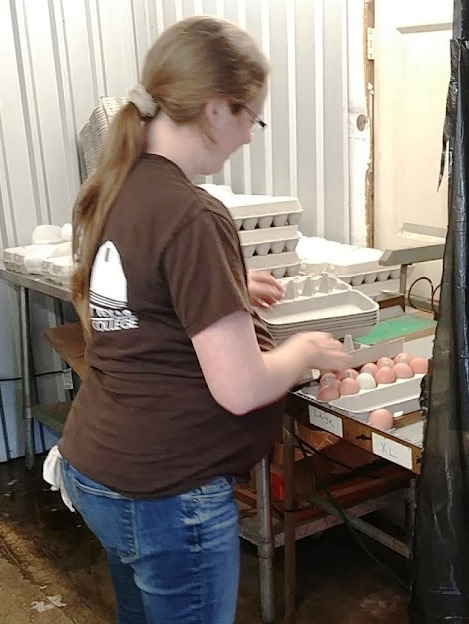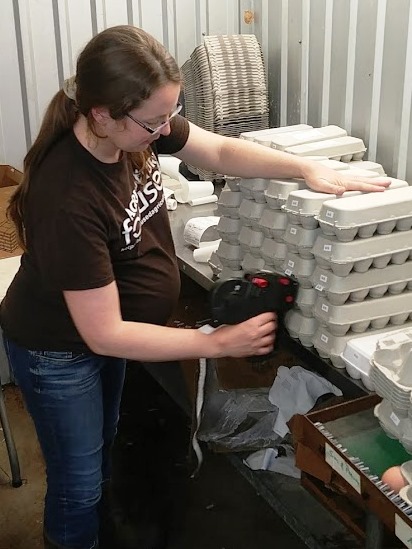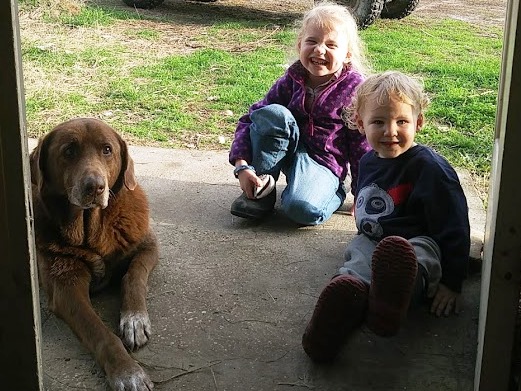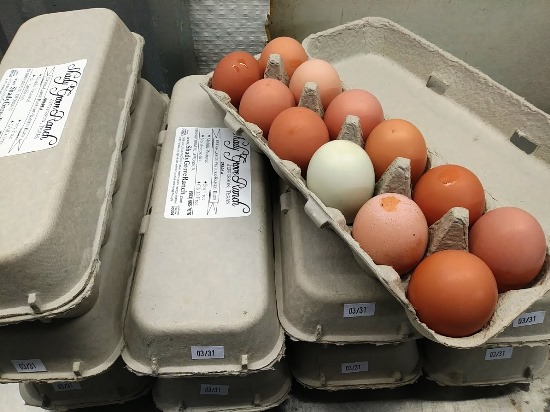As a homeschool mom, I often ponder what’s wrong in today’s systems, and how do I figure out what is most important in raising my own children and nurturing my family.
When I was younger I used to post compelling little soundbites to social media about all sorts of things. Food, mostly. I guess it was because I was excited about all the things I was learning to help Matt recover from ulcerative colitis. It was thrilling and revolutionary back then. Who ever heard of butter being a health food?? But it made so much sense.
And yet it would start arguments. Or echoes. But nothing really happened. Some agreed with me. Others didn’t. The world kept turning. Every year or two, the bureaucracy came up with a new loophole to further water down a healthy-sounding label. As new direct-marketing farmers, we tried to stay one step ahead by keeping our customers informed. But it was tough!
So I continued pondering. How do you solve the nutritional, educational, and moral plagues of our time? Do you shout from a rooftop? Plaster it on all the bridges? Make snarky posts on social media? Publish it in an email newsletter? 😉
Personally, I believe more and more that it doesn’t happen because of the ramblings of one little wannabe writer in East Texas. I think it mostly happens at YOUR dinner table.
And I don’t mean the typical American burger joint 2020’s dinner table, where there’s a TV on every wall, and every person old enough to hold a spoon has a personal screen six inches from their face.
I mean the old school dinner table. We are sitting around a simple home-cooked meal looking at each other and discussing the events, interests, and experiences of the times.
For those of you my age or older, think back to when you were growing up. When you were 7, 8, 9, 10, what was your favorite thing to do when your cousins came to visit? You play! You build legos or play tag or ride bikes or dress up dolls.
But when you got to be 12, 13, 14, 15, what interested you most? It wasn’t the games anymore. It was TALKING. To whom? Well, often enough, it was to those your age. But you also secretly enjoyed listening in on the grown-ups. Hearing ideas. Perhaps testing your own. Trying out your mastery of language and information. Or maybe I’m the only one. Of course I didn’t think of it that way. I just thought the stuff they were talking about sounded interesting. But sometime in my youth, communication replaced play. Isn’t that fascinating?
We have LOST that almost entirely today. Now when families are home together, too often it is slo-mo video and reels and podcasts and fly-by news bullet points. All on the screen in front of you. “Your personal device.” Coming from the algorithm designed specifically for you. It’s no longer a communal ritual. It’s just you and your screen in a roomful of other folks with their screens.
And our young people have lost access to that rite of passage of shyly listening near the adults, pondering their dialogue. Occasionally asking questions to clarify confusion. The brave ones would even interject a comment at times, and what a wonderful opportunity for education!
As an aside… have you noticed how many toys advertise how “educational” they are? It drives me crazy! I’m not buying this toy as an educational device. I want it to be FUN. But I suspect that there’s a quiet guilt lurking in many parents today that their children aren’t learning enough, so if we buy them toys and screens and video games in the name of education, we are absolved. But doesn’t real education come from a trusted mentor sharing wisdom with a willing dependent?
But it’s not a one-way exchange. The questions asked by those less-informed are just as beneficial for the “experts.” Why? Because if you have to explain something to someone younger than you, you have to understand it well enough to do so using simple, clear language. You can’t just mash up a word salad to sound smart and do your own mic drop. You have to be clear and logical. Explaining something to a 10-year-old tends to draw out any holes in your own understanding! So it’s a way of holding you accountable for your ideas, too. (It’s a lot like writing newsletters! When you have to say it out loud to someone who might disagree… It teaches you a LOT!)
What better place for this kind of relaxed dialogue than family supper? But a full sit-down meal cooked at home takes a lot of time. First you have to plan and purchase the food. Then you have to cook the food. Then you have to spend the time visiting and being polite and passing the dishes. For young children who have not been trained to stay seated, it’s stressful at first. On top of all that, then you have to clean up! It’s a big time and energy investment!
I am always looking for ways to save time. I loved reading Cheaper By The Dozen, a story about a husband and wife, both efficiency engineers, who had twelve children and were always refining their home management to efficiently handle all those people! Likewise, I am always refining our systems, rearranging dishes, furniture, linens, appliances, storage areas, etc, to make things easier and quicker to use, clean, or put away. And I recognize that meals are a big chunk of our time, so I’m always trying to find ways to streamline food-related processes. After all, it’s the things you do over and over that have the most potential for time savings. What do we do more often than eat??
I remember reading a forum discussion on what homeschool families do for breakfast and lunch, and many of them just do a “when you feel like it” grab-and-go solution. Pop-tarts, cereal, microwave burritos, sandwiches… Sometimes the mom would even work/read/teach right through lunch while the kids eat on their own. “How efficient!” Some families have young kids eat early so mom and dad can dine alone in the evening. That certainly solves the problem of finding a babysitter to watch kids while the parents go on a date!
Interesting solutions… We consider ourselves blessed to be able to sit down together to three meals a day as a family, almost every day of the week. Can I confess my motivation at the beginning? Home-cooked meals are cheap. Starting a farm is not. Every penny had to be spent so very carefully in the beginning that most of the time, we just made do with what we had instead of running through the drive-thru, no matter how busy we were. And of course, when you have battled autoimmune disease with your primary weapon being real food… you’re hesitant to go back to the processed stuff (and for good reason!). But boy it takes a lot of time and daily self-discipline to plan and execute the meals 365 days of the year!
So when I came across these ideas for saving time, my ears perked up. I pitched it to my older kids to see what they would think about doing “grab and go” breakfast and lunch on their own schedule.
They didn’t like it! Doing my best to stay neutral in the way I explained it, I probed into WHY. One of my sons made the remarkable comment, “But that’s our family time!”
What a precious insight. I felt the same. We are blessed to be able to work hard every day, dealing with countless stresses and many heartaches and disappointments. But it’s like a total recharge to be able to stop and enjoy three hot meals together almost every day. As much as my heart sings over “saving time” and improving efficiency… it makes me very sad to think about giving up that precious family time tucked into each corner of our day. It’s such a seemingly simple and trivial thing, and yet it really is a valuable and significant part of our lives.
People wonder at the evil in the world and ask themselves, “How did it get this way? How did this person grow up to be so devoid of hope and morals that they would do this crime?”
There’s a bigger answer to that that won’t fit here today, but I wonder if part of it is this: We have allowed such a fast-paced lifestyle to creep in and take over. Dad, and often Mom, too, have to be away for work all day, every day. Everyone comes home tired, too burdened with homework and after-school activities, the stresses of the day, and the housekeeping and laundry that didn’t get finished while everyone was away, to want to create a wholesome meal. They’re too tired to invest in listening to each other and would rather take the easy road and “veg out” and watch YouTube for a few hours before crashing and doing it over again tomorrow.
How do we change the world?
Maybe it’s as simple as serving dinner at the table.
The takeaway…
I recognize that this is a hard thing for some, and most Americans’ lives feel maxed out. But if you’re not already sharing at least one meal together each week, where you actually talk and look at one another, with no distracting screens, setting a day for it is a great place to start. If you’re doing a few… add some. If you’re doing a bunch… fabulous! Invite others to join you on a regular basis. Perhaps a few activities will need to be trimmed back to make space for this beautiful investment in the humanity of our families. But think of the myriad of benefits: more nutritious food; better connection with loved ones; more of the right kind of “socialization” (hint: sticking 30 kids in a classroom for 8 hours a day isn’t it….); cheaper, better quality food (yes, it’s definitely cheaper than any restaurant!); developing the life-long skill of cooking that will last through and benefit future generations. When our children grow up and reflect on their childhoods… will they remember the warmth of the family table? Let’s make sure they do.
